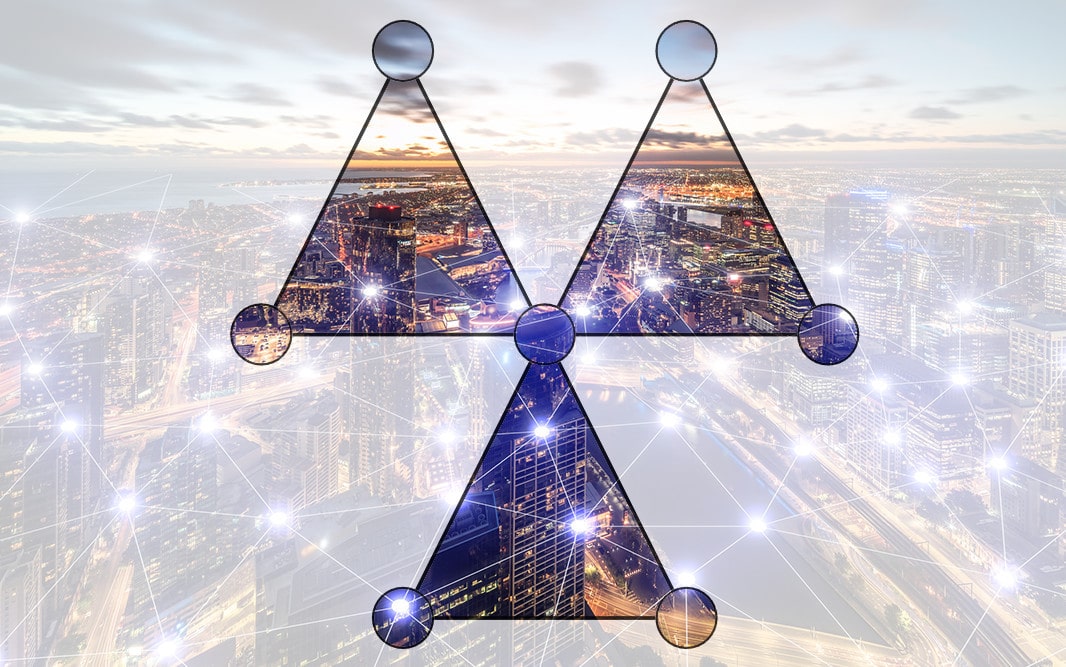
When it comes to handing out aid, friendship networks can provide a way of determining who are the neediest in the community.
Imagine you are a billionaire and you have the opportunity to help a community in need.
Even though you have lots of resources, you may not have enough to help everyone in the community. So how would you identify the neediest individuals – or determine a ranking of need?
The current COVID-19 pandemic has highlighted the importance of matching aid with need. In particular, how do we target the needy without social contact?
What you need
In most cases of considering need, we resort to three possible approaches: ‘proxy means’ tests; self-targeting; and community-based targeting.
‘Proxy means’ tests seek a proxy for need. For instance, people who own a TV or have a car may be less needy than people who do not own these observable assets.
Self-targeting puts up hurdles which may be costlier for the rich than the poor. Examples include waiting in lines, manual labour, and long application forms.
For community-based targeting, the community gathers at a meeting to agree on a ranking.
Suppose you wish to pursue the community-based targeting approach. Even in small communities, the ranking process can be tedious. On average, meetings took 1.5 hours in communities of 50 households.
But, why do you need all the community members to attend a meeting? Couldn’t you ask each individual in private to rank the other community members he or she knows?
The ranking process would be easier for everyone since each individual need only rank his or her friends.

Incentives to tell the truth
Unfortunately, there is one problem with ranking in private. The public meeting provides incentives for people to tell the truth.
Any attempt to manipulate the ranking is cross-checked by the entire community.
Could we ask individuals to rank in private and still prevent manipulation?
Our research paper – Friend-based Ranking – determines the conditions under which individuals have no incentive to lie.
We find that a planner can extract all community information truthfully if and only if every pair of friends has a friend in common. In other words, the friendship network must be a collection of triangles.
When a pair of friends provide conflicting ranks about each other, the common friend is the tiebreaker. We also prove that no individual has an incentive to create cycles in the rankings.
An individual only compares a pair of his friends if the planner already knows that the friends are both above or both below the individual in the ranking. An individual cannot improve his own rank by lying about this comparison.
Network triangles, mutual friends
Networks of triangles can take many different forms. A complete network, where everyone is friends, is a network of triangles.
Which is the most sparse network (as measured by the number of friendships) for which a planner can always extract a truthful and complete ranking?
The solution relies on a famous mathematical theorem known as the ‘friendship theorem‘ which says: suppose in a group of people any pair has precisely one common friend. Then there is always a person (the ‘leader’) who is everybody’s friend.

The network which is based on the friendship theorem joins triangles at a single vertex.
For obvious reasons, this network is also called a windmill.
The structure of the windmill network might explain the lack of elite capture in community-based targeting.
If a central leader lies about the ranking, at least two other community members will detect the lie.
Real-life friendship networks
Using network data from Indian villages and Indonesian neighbourhoods, we do find a large share of triangles in real-life friendship networks.
We measured the share of ‘support’ in each network, that is, the share of friends who have a friend in common.
On average, support is 85 per cent in the Indian villages and 95 per cent in the Indonesian neighbourhoods.
The data confirms a well-known result in friendship network analysis. We like to create triangles in our networks.
Think of your own friends. For each friend, do you have at least one friend in common?
Given the frequent occurrence of triangles, friendship networks are well structured for community-based targeting with private rankings.
During this period of social isolation due to COVID-19, our research shows that we need not give up on community-based targeting. We can extract valuable community information even when ranking occurs in private.
Thanks to co-author Professor Francis Bloch (Paris School of Economics). This article is based on our joint work.


